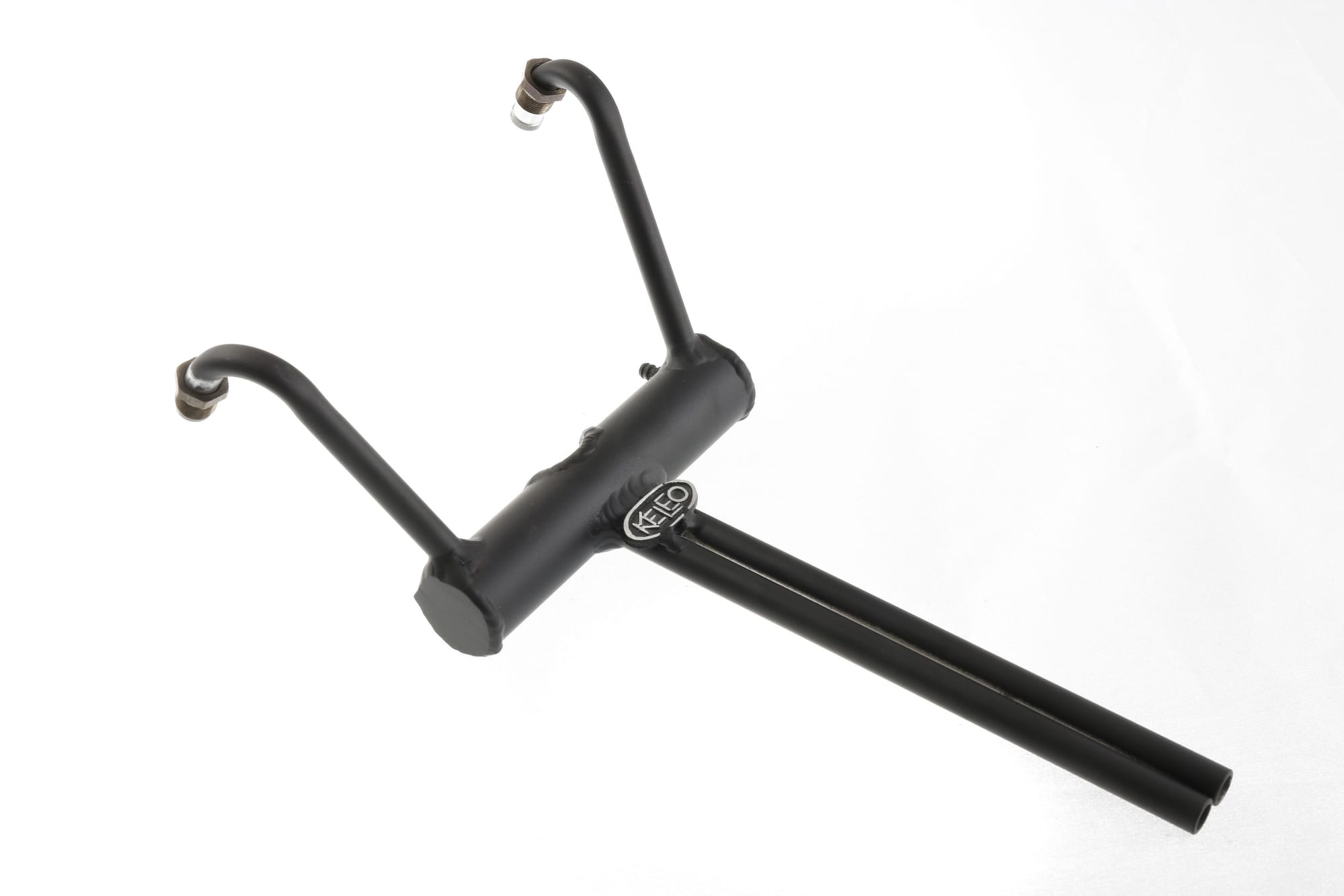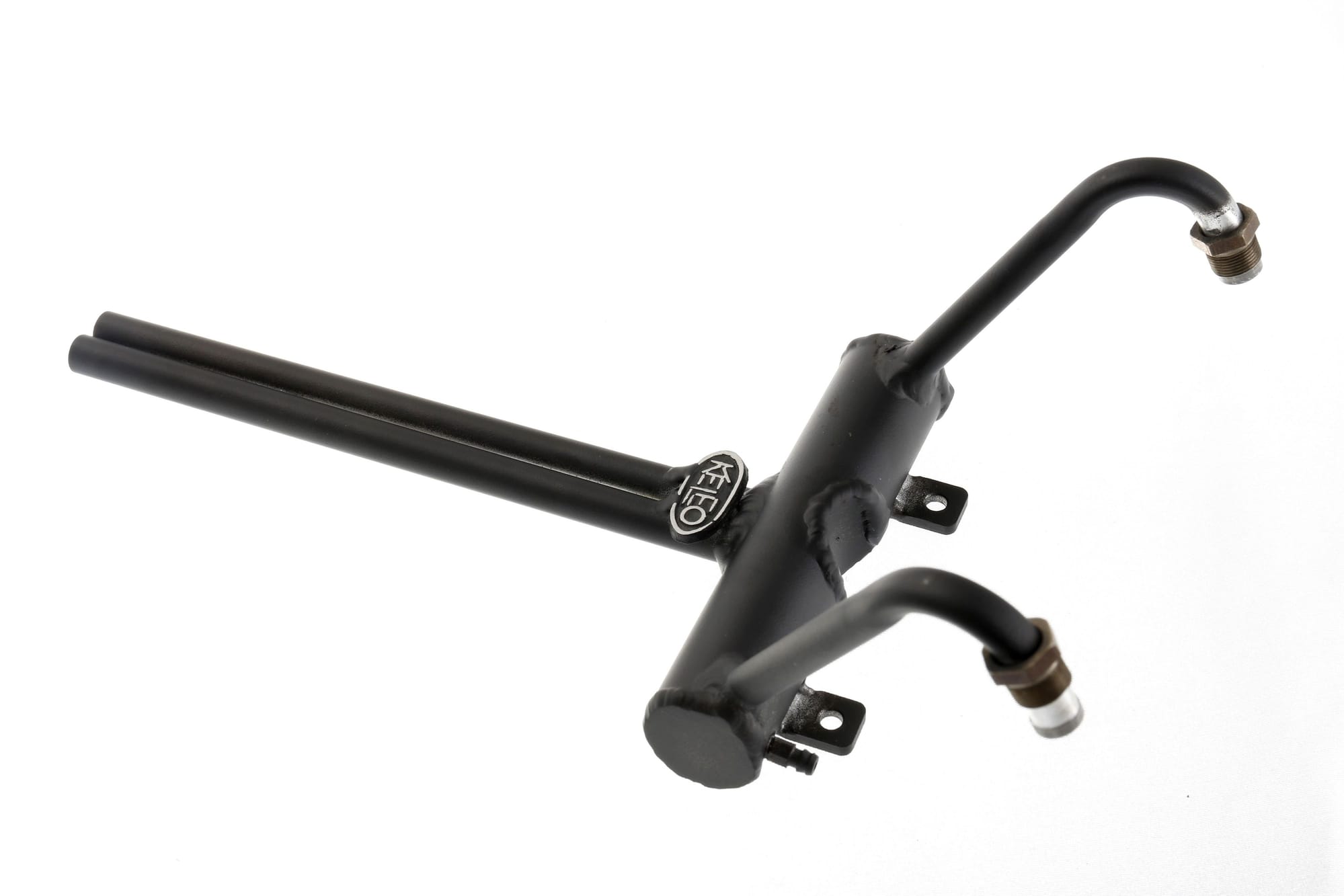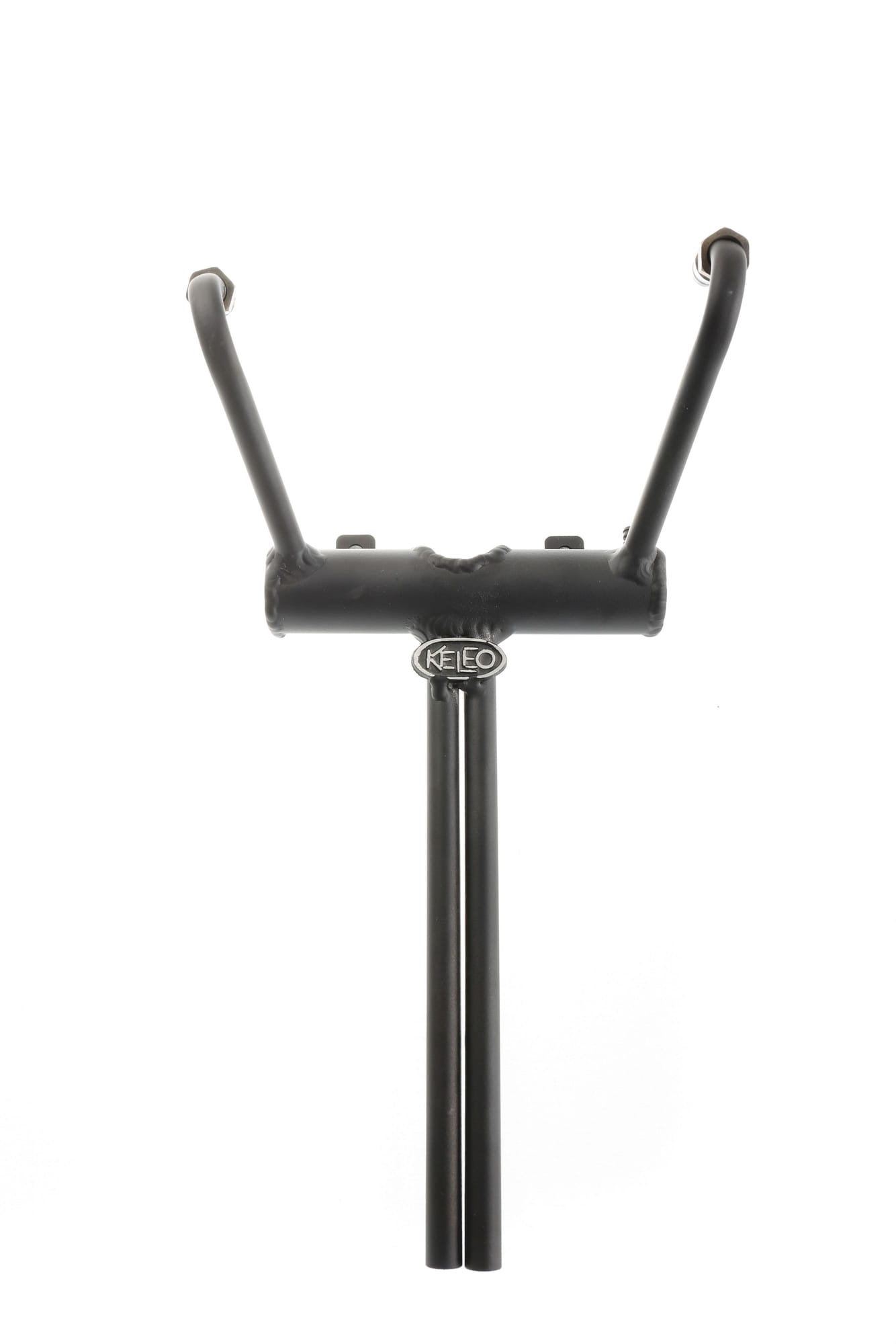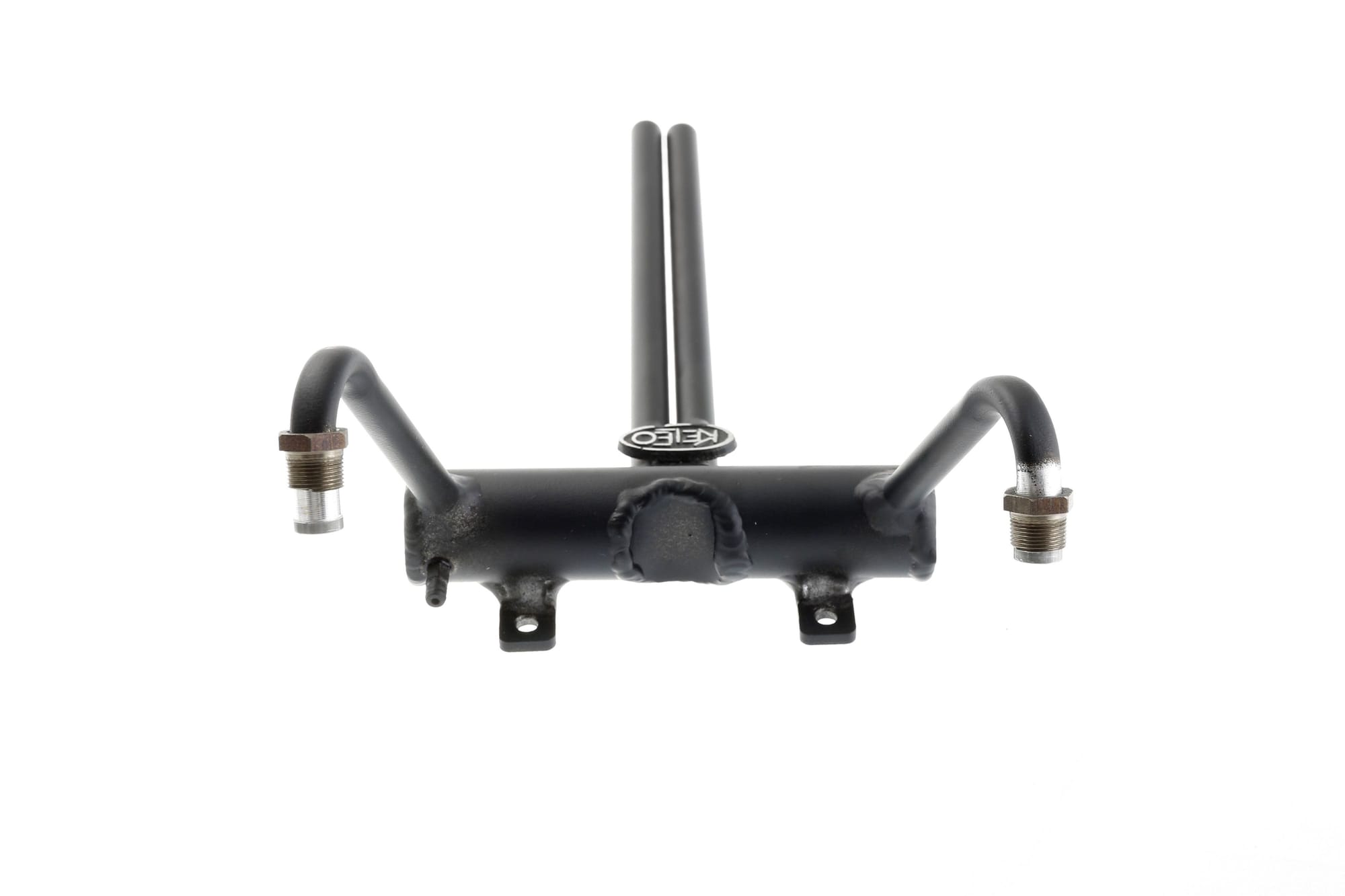Electronic solutions to modifying glow engines of all sizes to gasoline
#1727
indeed. 9001 and 9002 says nothing about the actual quality of the work product, only that management requires certain quality procedures to be followed. unfortunately, the audit process that iso requires is such that it does not actually verify that quality procedures were followed or even performed, only that the requisite quality related paperwork has been completed.
Last edited by Raleighcopter; 05-16-2023 at 06:18 AM.
#1728
Senior Member
Thread Starter
indeed. 9001 and 9002 says nothing about the actual quality of the work product, only that management requires certain quality procedures to be followed. unfortunately, the audit process that iso requires is such that it does not actually verify that quality procedures were followed or even performed, only that the requisite quality related paperwork has been completed.
#1729
What these things do is provide a document or framework of documents that corporate management can point to and say you didn't follow the required guidelines while doing your job when something goes south and costs the company money. They use these things as documentation to fire employees, not to improve quality.
I know all about it: My job is plagued by that paper idiocracy: Checklists, workpermits, risk assesments (and if you look a bit closer, a workpermit basically IS a standardized riskassesment), logs, workhistories, very complicated computer programs to keep track of everything, plan work, etc etc etc, and none of it has even done ONE Iota to reduce mishaps and accidents, but what these things do, is keep people away from thinking for themselves, from using their knowledge, experience and intuition.
#1730
Thanks John... think its going to be a keeper....
On the issue of "Aircraft Hardware" - Being in the industry I was surprised but some of the ratings and issues we see with Hardware.. Many industrial bolts (high grade cap screws) exceed any strength ratings of stuff available in the aviation streams - Its one of those monikers added to make people believe that "Aircraft Grade Fasteners" or Fords famous "Military Grade Aluminum" are much better than other items.. Most AN hardware has lower ratings than a grade 8 equivalent (or 12.9).. The only difference is the quality control of the aircraft stuff - But we see some real misses there also - machine screws without head recesses or threads are plentiful. The full on critical bolts are always tested and certified - But run of the mill fasteners are not - but everything is traceable to source... Not saying the aircraft stuff is junk - but its not guaranteed that its any better than good quality industrial hardware - in many cases its a lower rating strength wise.
That Said... we fly little airplanes so we should use little airplane bolts...
On the issue of "Aircraft Hardware" - Being in the industry I was surprised but some of the ratings and issues we see with Hardware.. Many industrial bolts (high grade cap screws) exceed any strength ratings of stuff available in the aviation streams - Its one of those monikers added to make people believe that "Aircraft Grade Fasteners" or Fords famous "Military Grade Aluminum" are much better than other items.. Most AN hardware has lower ratings than a grade 8 equivalent (or 12.9).. The only difference is the quality control of the aircraft stuff - But we see some real misses there also - machine screws without head recesses or threads are plentiful. The full on critical bolts are always tested and certified - But run of the mill fasteners are not - but everything is traceable to source... Not saying the aircraft stuff is junk - but its not guaranteed that its any better than good quality industrial hardware - in many cases its a lower rating strength wise.
That Said... we fly little airplanes so we should use little airplane bolts...


BTW... that 160 sounds great...why would you consider putting cans on the exhaust and attenuate that beautiful exhaust note.

#1731
Senior Member
Thread Starter
As long as they are good quality is all that matters... the cap screws that come in these over seas kits, are too soft. Anything that specifies class / fit, and county of origin is fine with me.
BTW... that 160 sounds great...why would you consider putting cans on the exhaust and attenuate that beautiful exhaust note.

BTW... that 160 sounds great...why would you consider putting cans on the exhaust and attenuate that beautiful exhaust note.

sounds better than this:
or this:
#1732
The big tell is how they accelerate and decelerate, not how they run at steady state. Seems Morris conversions are for steady state applications. Good luck finding a steady state application with our models.
#1733
Senior Member
Thread Starter
Yeah, but I was more referring to the sound... To me, the straight headers are too "barky"... I prefer a muted growl over a shrill bark...
Last edited by 1967brutus; 05-16-2023 at 12:57 PM.
#1734
I like to hear the exhaust note over the propeller... Cat's you can hear each cylinder... when you attenuate the exhaust note, the propeller noise goes into resonance with the engine exhaust, and you loose that distinctive alternating exhaust sound... I dislike the sound of the OS FF-320 for that very reason.
My ft160 exhaust on the j3 is 2 into 1 (1" expansion chamber), without any internal baffles, with a large exit pipe... its not as loud as cat's, but you can still hear each cylinder over the propeller noise... but both the160 & 320 are quiet engines anyways with the sock pipes.
It is personal perference, as long as you like it, is all that matters.
My ft160 exhaust on the j3 is 2 into 1 (1" expansion chamber), without any internal baffles, with a large exit pipe... its not as loud as cat's, but you can still hear each cylinder over the propeller noise... but both the160 & 320 are quiet engines anyways with the sock pipes.
It is personal perference, as long as you like it, is all that matters.
#1735

My Feedback: (1)
My ft160 exhaust on the j3 is 2 into 1 (1" expansion chamber), without any internal baffles, with a large exit pipe... its not as loud as cat's, but you can still hear each cylinder over the propeller noise... but both the160 & 320 are quiet engines anyways with the sock pipes. It is personal perference, as long as you like it, is all that matters.
#1736
I'll get a pic uploaded of the exhaust when I take the cowl off again, its a bit of a chore to do... it mimics the full scale exhaust of the j3... I cut the stock 160 pipes off short, enough remaining to flare the ends, and then silver brazed 8mm OD tubing to the stubs... the tube nuts are captured in between the flanges and where the 8mm tubes are brazed onto the stub ends... those 8mm tubes are bent under each cylinder, and then turn through the cowl, and attach through the ends of a 1" dia x 2.5" long expansion chamber... they protrude inside the chamber about 1"... the exhaust exit pipe from the expansion chamber is 10mm OD tube, that exits out of the expansion chamber from approximately the center of the bottom of the chamber (span) downwards at an angle that puts it back through the cowl on the right side of the lower corner of the cowl... then a exhaust tip made from a piece of 12mm OD tube, with the tip cut back at a 45 degree angle to mimic the heat shield/tip of the j3 exhaust... the expansion chamber has 2 straps that support the chamber back to the engine mount... all done with thin wall 304 stainless tubing.
#1739
Just for reference, here's images of the FT160 Keleo exhaust ( pitts style )... the header tubes are too restrictive ( long and narrow ID )... the expansion chamber is too small, not to mention the long exhaust exits.
So you make the headers pipe ID larger into a larger expansion chamber... the longer the run, the larger the ID should be on the header pipes, same with the exhaust exits... I've heard comments this pipe has about a 300 rpm loss on methanol / glow fuel, due to de-tuning to keep the engine temperature down... Mine prompts gas movement forward through the exhaust system, with no discernible loss.




So you make the headers pipe ID larger into a larger expansion chamber... the longer the run, the larger the ID should be on the header pipes, same with the exhaust exits... I've heard comments this pipe has about a 300 rpm loss on methanol / glow fuel, due to de-tuning to keep the engine temperature down... Mine prompts gas movement forward through the exhaust system, with no discernible loss.




#1741

My Feedback: (1)
I have a set of Keleo straight Pipes - Never tried them as they have about 1/2 the Inside Area of my pipes - Should through them on for an RPM test just to see...
Haven't been out flying as its Smoky here- Dry spring and lots of Fires around... That, and I put my back out this weekend -
Did Happen across my next conversion victim.. Found an Enya 46 four stoke to try..
Haven't been out flying as its Smoky here- Dry spring and lots of Fires around... That, and I put my back out this weekend -

Did Happen across my next conversion victim.. Found an Enya 46 four stoke to try..
#1742
Senior Member
Thread Starter
Hope your back will get back to normal soon.
Meanwhile, I have been messing about with some other carburation yesterday and the day before.
Which basically means I can tune a Lamborghini Countach as well...

#1744
#1746
The keleo's do have a good repur for the most part... some of their designs are sound; their radial exhaust rings for instance... they should have used larger ID header / exit pipes on several of their designs though imo', but what do I know right. 

#1747
Many Saito radials factory equipped with exhaust rings use threaded reducing bushings to allow for larger header tubes on smaller port threadings. They sound quite nice with factory exhaust.
Last edited by Glowgeek; 05-24-2023 at 03:01 AM.
#1748
That's basically what I did by cutting the original exhaust pipes down to short stubs, and then expanding the pipe ID to a larger size off the stubs... for my setup, using a threaded adapter fitting off the exhaust ports, it would have been too bulky in the cowl with the larger tube nuts threaded into those adapters.
Last edited by John_M_; 05-25-2023 at 11:33 AM.
#1749

My Feedback: (1)
SO... I got the telemetry up and running on the boxer and I have an observation - #1 cylinder is warming up when past 3/4 throttle - Up to 3/4 they stay well matched but above the #1 warms up - This is the cylinder that has always seemed "flat" on cranking compression - I never cared much as it always ran well and I never seem to have running issues - Made up a "leak down" tester and had a bit of an exhaust valve leak which I massaged a bit and got almost eliminated.. Can an underperforming cylinder seal (low compression) cause heating in a cylinder. What else should I be looking at? It runs very well and the "systems" are working well but this has me a bit stumped - I did verify the hotter temps with a temp gun and got the same diff..
#1750

My Feedback: (1)
So I went Back and read the post where Bert was seeing this differential (remarkably similar) and I think I missed on the possible cause - I assumed cylinder being too hot but I think #2 is not following the temp up.. #1 does have the lower compression but #2 seems to not be following on temperature and this is what Bert found when he had a carboned up Exhaust valve.. I was troubleshooting #1 side but will go back and have a look at #2...




